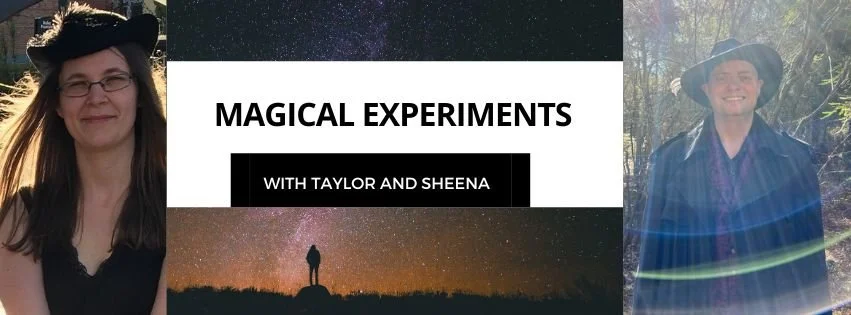Today I painted the seal and sigil for Thiede. You might note in the painting the inclusion of an A, which is done purposefully to denote the alter ego of Thiede as Aghama. Thiede is the other guide for time. His purpose is to help a person understand concepts of space as they relate to time, as well as help practitioners with abyss journeys in time. Thiede can be thought of as an entity that helps the magician with the act of transmuting his/her understanding of time and space in relationship to the self and one's place in the universe.

Speaking of space, reading the hidden dimension which focuses on how different cultures use space differently, one of the realizations I came away with was that how space is organized can also speak something to how people conceive of time and how they organize time through space. I think that the perception of time is organized by how we use space, both in terms of navigating spaces to get somewhere, but even in how we set up our homes, offices, and public spaces. The one problem which can arise would be that a cultural definition of space would limit our understanding and appreciation of time...and you can see that in some ways with the rather linear approach to both time and space that is cultivated in how space is navigated and organized. For instance, I notice a lot of straight lines in how businesses and homes are laid out. A straight line is linear, direct and quick to navigate as opposed to a more circular or meandering route. The spatial dynamics in the public areas of my home tend to be straight lines, but in my own room, it's actually a circular and my sense of time feels different, more like a bubble, and less like a line with a specific deadline. I wonder if I were to change some of those straightlines, if some of the stresses would shift and change as a result. It might be something I give a little try, by moving one piece of furniture a different way, just to see how it changes the space of the room and my perception of time in it.
Review of the Hidden Dimension by Edward T. Hall
This is a fascinating book which examines concepts such as territoriality, smell, touch, thermal heat in the context of space and how different cultures organize and interact with space. The author also examines how intercultural issues with space contribute to a lot of the conflicts that occur with people. Reading this book has presented me some new perspectives about space and how I interact with others in my own space, as well as ways to respect the space of other people better. Cultural space is explored in particular depth to show how even the living spaces of different culture varies due to how people in a given culture interact with space. Overall a very insight and revealing book about the relationship of space to how we live and interact.

